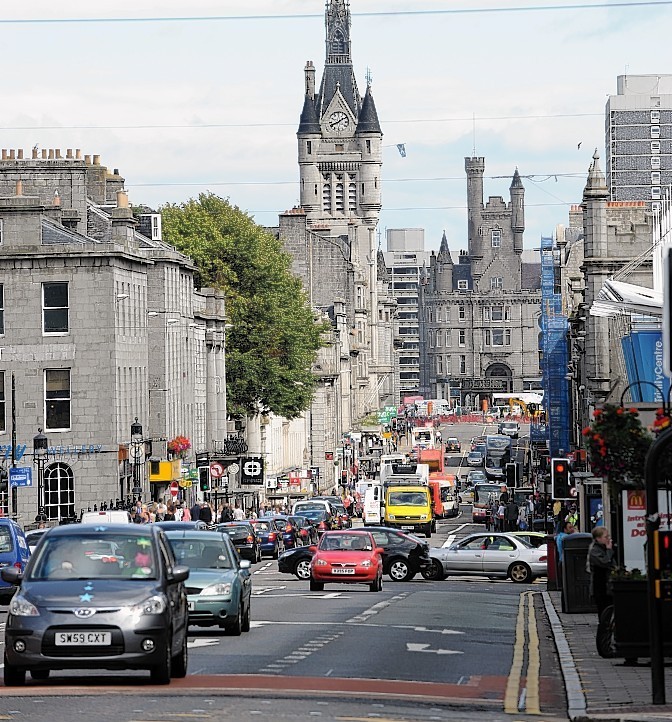In a week that Aberdeen was named as a nominee for the Plook on a Plinth award for most dismal town in Scotland, Professor David McClean, head of the Scott Sutherland School of Architecture and Built Environment at Robert Gordon University, considers the impact of the unwanted attention on the city.
It is in the nature of campaigns like ‘Carbuncle Awards’ or ‘Plook on a Plinth’ that they court controversy and elicit antagonistic and defensive behaviours in equal measure.
That, after all, is part of their purpose; a crude kind of naming and shaming that offers little that is constructive.
In fairness, however, provocations such as this are generally borne out of a desire for an increased quality in our living environment, and that is undeniably a laudable aspiration.
Nevertheless, it is unhelpful in Aberdeen where deep-seated acrimony can resurface with only the slightest encouragement, a situation that in itself threatens our future through its denial of the space for objective, measured dialogue.
What we do need to heed is the external perception of the city that this situation demonstrates. For perception, as the adage goes, is everything. Whether or not Aberdeen is the most dismal town in Scotland is a moot point. Personally, I believe this title would be undeserved, but I would equally wish to qualify that position.
I do understand the incredulity generated by the fabric of such a prosperous city suffering from impoverishment of investment and ideas, as exhibited lately.
The city has many fine buildings, streets, and squares, but we fail to celebrate the innate qualities of many, and all too frequently are forced to resort to the actions of our Victorian predecessors in order to demonstrate boldness of vision.
The point is this: if Aberdeen’s ambition is to be credible as an international hub and urban destination in the 21st century, then we must benchmark our city against the very best across the world.
That is the only reference point worth considering.
It follows, therefore, that what we do with our city must also be acknowledged further afield as the being of the highest quality.
Perception is everything. That is the learning from this ‘contest’, irrespective of its sensationalist tendencies.
Recently, there are signs of hope. Aberdeen city centre is in clear need of regeneration according to a holistic vision or framework that has cross-party political support. That is fundamental to its longevity and any hope of coherent implementation.
Successful regeneration takes time. After many years during which a plethora of ideas have been floated independent of any political or statutory processes, we must take great encouragement from the city’s recent competitive appointment of a design team charged with developing an integrated framework for city centre regeneration.
Indeed, it is incumbent on us all as citizens of Aberdeen to positively engage in the process of public consultation that allows everyone’s voice to be heard. That is our individual and collective responsibility.
We have yet to see what will emerge, but this is surely a positive step forward that has the potential to both galvanise the community, deliver, and signal to others more distant, that ours is a progressive and aspirational city after all.
